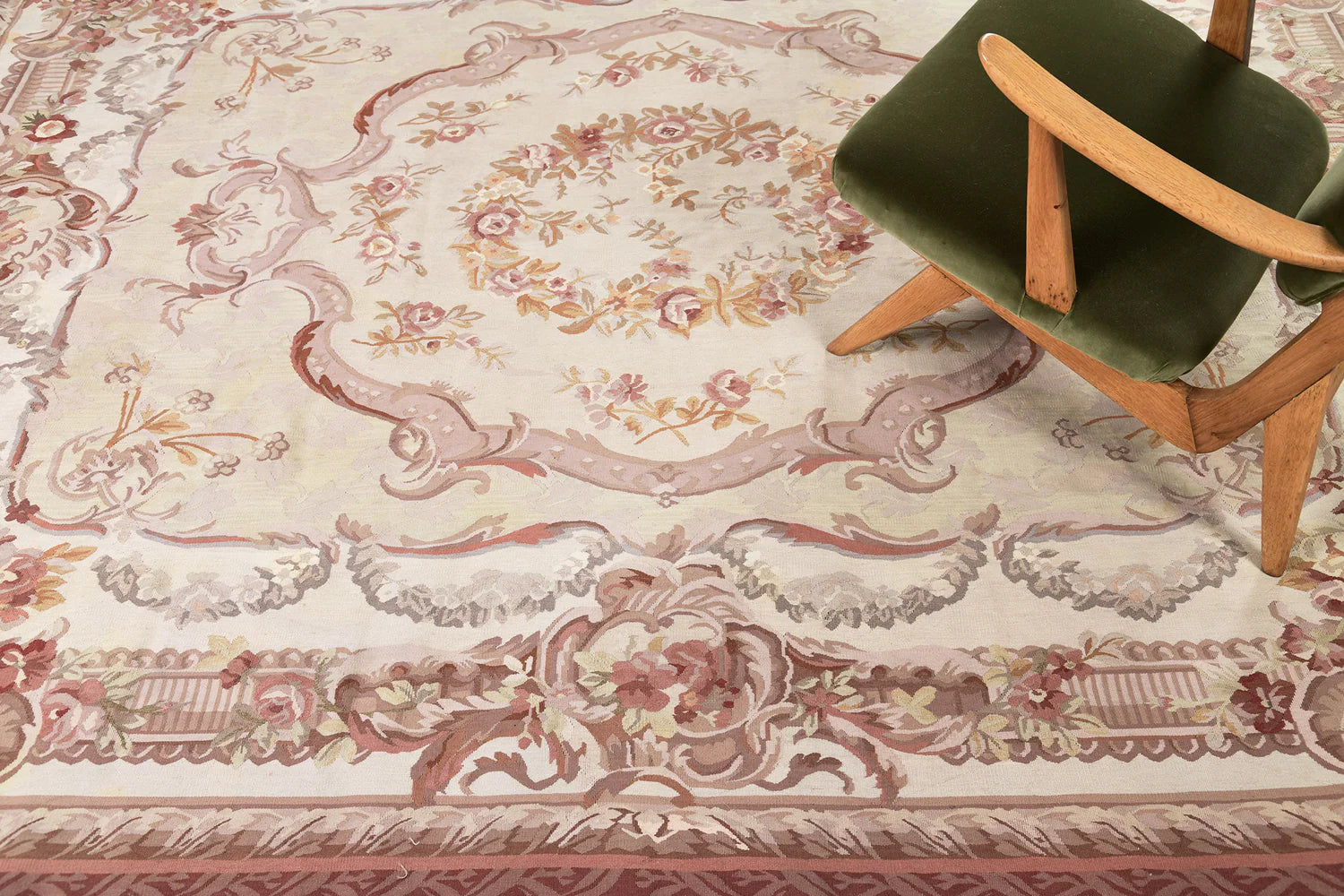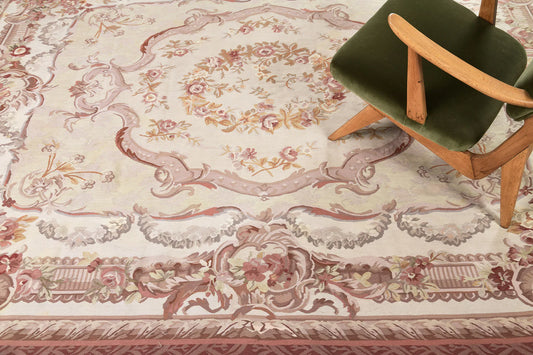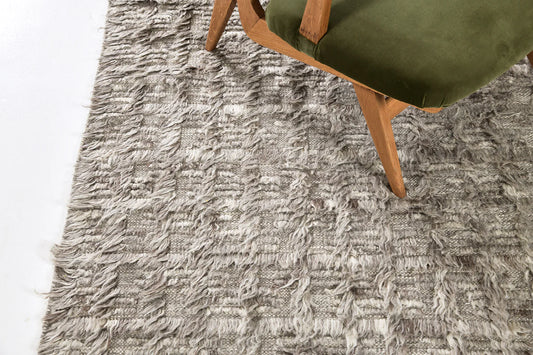We were thrilled to come across Rug Sizes: How to Figure Out the Best Area Rug for your Space in Architectural Digest’s AD It Yourself. This how-to guides rug shoppers on the nuts and bolts of selecting an area rug. Three design professionals weigh in on matters of proportionality, the possibilities and pitfalls of color; and last but not least, where to shop (including Los Angeles destinations!)
The key concept in AD’s area rug how-to is that a rug both anchors furniture in a space, and grounds the aesthetic. Scale, color and texture are important considerations. Determining scale can get a little tricky. Fortunately a few rules of thumb are offered. Firstly, make sure the rug is big enough that sofas and chairs rest clearly on it, advises Samantha Gallecher of Art + Loom. Allow at least half the structure of the furniture to overlap the rug.
Secondly, consider the placement and size of the rug in the room. Allowing space between the edge of the rug and the wall lets the rug shine, and brings focus and distinction to the furniture vignette. And the biggest mistake rug buyers make? Choosing rugs that are too small, says designer Isfira Jenson. The rug should feel generous in the available floor space, defining and harmonizing with the furniture and activities it accommodates.
When possible there are some recommended measurements. Under tables, a rug should extend three feet into the space. In bedrooms, let the rug extend outwards to match or exceed the width of the nightstands or headboard, with a three feet allotment at the end of the bed. Between the rug and the wall, leave about eight inches to a foot.
In selecting color, try going for harmony. The tones and textures in the rug should relate to other elements in a room. A neutral or soft-patterned rug provides a hospitable context for artwork, accessories, or a statement sofa. Area rugs are an opportunity for defining ambiance, so there’s rarely only one solution. Strong color or bold pattern can define a focal point, and create visual interest. But watch out for clashing colors and patterns in small rooms.
Rugs can also bring texture to a space.The main elements in most area rugs are pile and flatweave. Pile is the knotted fibers that constitute the plush surface of a rug. Flatweave is the woven structure that holds the knots. Flatweave rugs also exist without knotted elements. These may be solid, striped or woven tapestry-style with complex motifs. The textures of rugs have different qualities that may make them more or less desirable depending on the environment and anticipated use. Long pile rugs have a tactile attraction, but can be undesirable in high traffic areas. Choose textures that are practical for the situation.
Over 5K Inventory: Selection and Quality Area Rugs in Los Angeles
And where to shop? David Thompson (principal and founder of the Los Angeles firm Assembledge+ ) vouches for Mehraban’s “amazing selection for both modern and traditional rugs,” also noting “phenomenal craftsmanship,” and the great Mehraban team. None of this will surprise you if you’ve ever walked into Mehraban’s Los Angeles showroom, but if not, take it from an expert. For Angelenos or those passing through town, a visit to Mehraban’s La Cienega showroom will not disappoint. Or explore their inventory of over 5,000 area rugs online.






